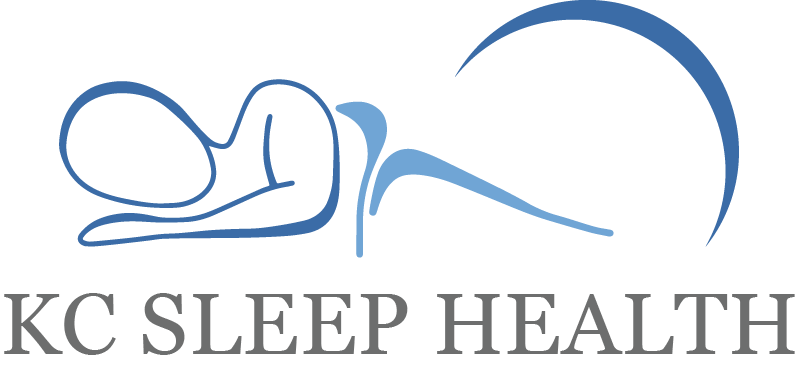19 Oct The Link Between TMJ and Obstructive Sleep Apnea
It is no surprise that more than half of people diagnosed with Obstructive Sleep Apnea also have TMJ issues. The TMJ stands for the temporomandibular joint which connects the mandible (lower jaw) to the the skull. The joint can be found on both sides of the head in front of the ears.[1]
When the lower jaw for some reason gets pushed back too far, it pinches nerves and blood vessels causing headaches and pain in facial muscles. A retruded or set back lower jaw can also be responsible for collapsing the airway at night causing obstructive sleep apnea. Fortunately, both problems can often be solved with an oral sleep appliance and in some cases using a combination of oral sleep appliance and a TMJ splint appliance.
The oral appliance can bring the jaw forward which helps to alleviate the pinched nerves and prevent the tongue or other soft tissue from collapsing in the back of the throat. This opens up the airway which allows the patient to breathe more easily. Additionally, this frees up the pinched nerves and improve circulation in the TMJ area. If you are suffering from headaches, poor sleep or teeth grinding then come see Dr. Drake who is highly trained to handle these issues and give you relief.
Sources
[1] Tempormandibular Join (TMJ) Disorders
www.headline.com/health/tmj-disorders

